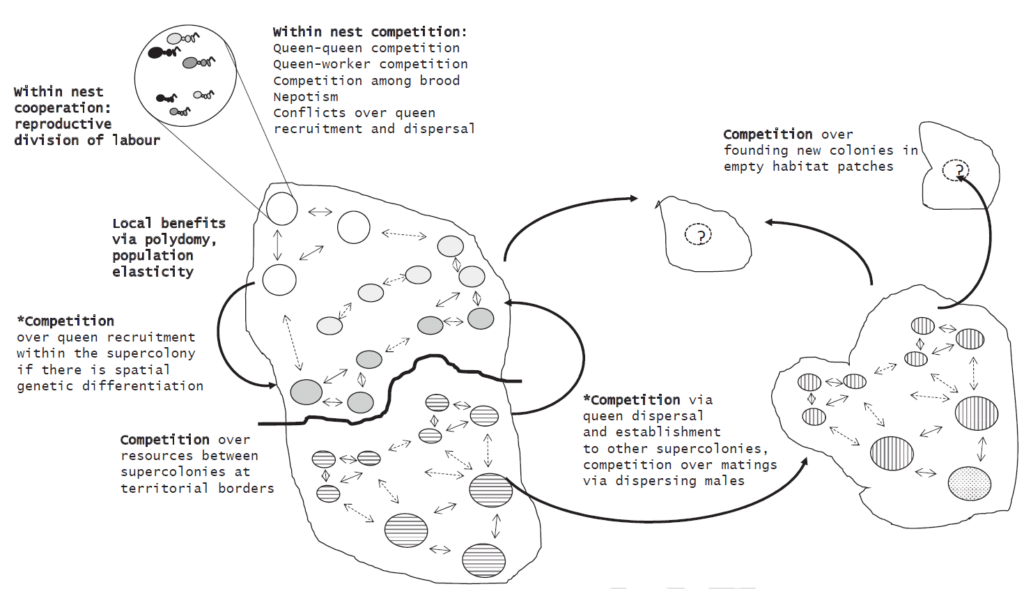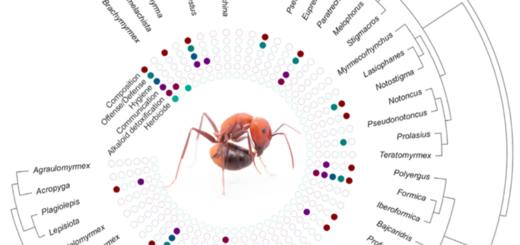Best Paper Award 2022

In 2022, Myrmecological News awards for the fifth time the Best Paper of the previous year. From January 9 to January 23, the editorial board and the community could vote for their most favourite papers published in 2022.
It is now our great pleasure to announce the winner of the certificate of this Best Paper 2022 and the voucher worth the Article Processing Charge (700 EUR) of a future contribution in Myrmecological News:
“Supercolonies of ants (Hymenoptera: Formicidae): ecological patterns, behavioural processes and their implications for social evolution” written by Heikki Helanterä from the University of Oulu.
A View by Heikki Helanterä
I’m a professor of evolutionary biology at the University of Oulu, Finland. I’ve studied social evolution in ants since my MSc project at the end of the 1990s, using approaches from genetics, behaviour, chemical ecology, and theory. I’ve worked on diverse topics, but the causes and consequences of variation in family structures in Formica ants have always been my main interest. Why do some ant nests have a single queen, some hundreds? And how does such extreme variation even among nests within species affect the evolution of traits such as reproductive competition in the nests and dispersal behaviour of gynes and males? This is not just relevant for people like me who are excited about kin conflicts, but may have far-reaching consequences for the future of ant populations in our rapidly changing world. It is also an example of a trait where natural selection may produce outcomes that are not necessarily good for the future of the species, such as extensive philopatry and local mating,
As variation in family structures is my key interest, it’s not surprising that I find ant supercolonies fascinating. Supercolonies are arguably the largest animal societies to exist. They are huge networks of interconnected nests with no territorial borders, each nest with numerous queens, so they represent a stark contrast to the stereotypical territorial ant nests with single queens. Thus I was thrilled when I was invited to write a review on supercolonies. I had earlier written a review on supercolonies aimed at a much more general audience, where a lot of interesting myrmecological detail had to be omitted. Also a lot of relevant new literature had been published since, so an update was due. Many of my favourite themes in ecology and evolution combine in this review: the balance of cooperation and competition and conflicts in societies, the tension between short term ecological success and possibly disfavourable long term evolutionary outcomes, and the mixture of convergent ecological and evolutionary processes intertwined with the amazing diversity of ants. I hope my review will inspire further research into my favourite topic!






Recent Comments